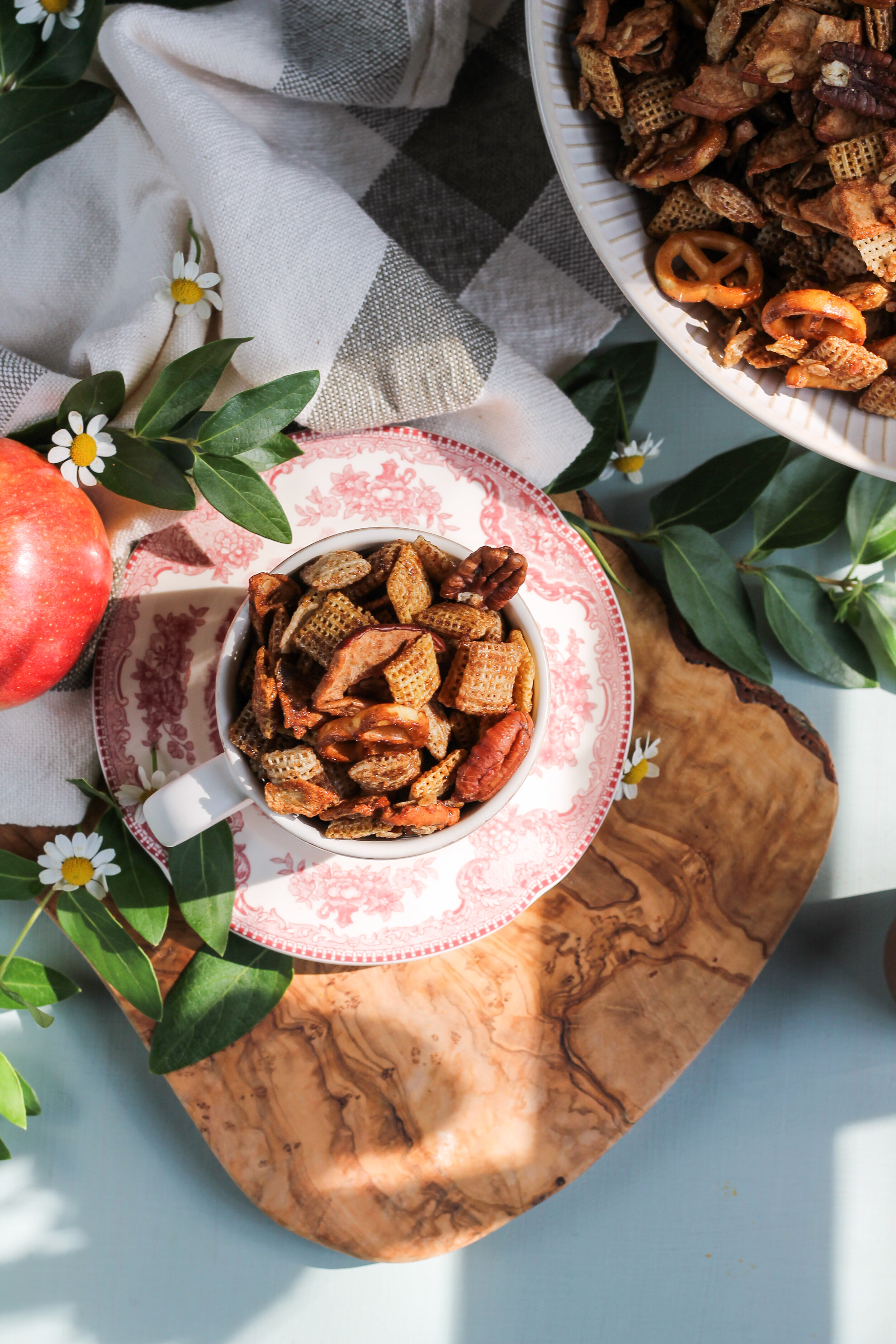For some time now, I have been meaning to dedicate some space on this little corner of the internet to eggs. That time has finally come.
Eggs are very dear to my heart. After all, their complex structures and perfect ratio of fat and proteins makes possible many a beloved treat. Mousses, meringues, custards, sponge cakes, and, my very favorite - angel food cakes, would all cease to exist as we know them without the power of the egg.
In fact, I would dare to say that eggs are one of the most versatile and essential of all foods. Vegans will hate me for that, but just look around this site…that would not exactly be a recent development.
Eggs, as special and unique as they are, have suffered much abuse. Dieters looking for high- protein/zero-fat breakfast options have fueled a culture that is not only willing, but happy to buy pre-separated egg whites in cartons. This makes me cry, it really does. Do not do that. If you need help separating your eggs, see this post. You can do it!
I caught my mom with a carton in her fridge and well, it’s a good thing I love her so much.
Even many of those who buy their eggs in the shell, still see egg cookery as something so simple that technique is tossed aside. Mass pans of eggs are left to become rubbery, browned, flavorless heaps, with no relation to the tender charm of perfectly scrambled, custard-like eggs. But, this does not have to be the case, proper egg cookery is possible, and with a few simple tools, we can all enjoy a perfectly cooked egg every morning.
That's why, over the next few weeks, I'll be sharing some helpful tips that I have learned through my personal study and kitchen adventures to help us all improve our egg game a bit.
Since most of our kitchen counters are already covered in dozens of eggs about to be boiled and plopped into neon concoctions (P.S. I miss pastel eggs), it seemed appropriate to start with the boiled egg. Though this may seem like the simplest of all egg preparations, here are a few tips that will help you to achieve stellar eggs every time.
To begin, fill a three quart pan 2/3 deep with water. Place the pan over high heat and bring the water to a rolling boil. Use a large spoon to gently drop each egg into the water and set the timer.
Now, you have to make a choice. I love boiled eggs, but I enjoy them differently depending on my mood or purpose. If I am eating my egg with toast, I go for a 7 minute egg because I am addicted to dipping the tips of buttery toast into a rich, undercooked yolk. However, if I am eating the egg on my way out the door with just a sprinkling of salt, I’ll often go with 9 minutes. For chopped salads, a 10 minute egg is the ticket.
Because that is far too much to remember at 7:43am, I've created a simple chart for reference.
Notice that I start this chart at 7 minutes. That is because, in my experience, eggs cooked for less than seven minutes tend to result in slimy, undercooked whites and I just can’t go there. However, if you like eating slimly eggs, you can certainly make a four minute egg, just don’t make me watch.
I should mention that these descriptions are also based on eggs that are served and eaten just after being cooked. As visible in these pictures, as the eggs sit, even the runny yolks will firm up. So, if you are planning on boiling your eggs in advance, you will have to sacrifice that runny yolk, as it will just set up as it cools. The texture of an undercooked, but firm yolk leaves a lot to be desired.
Generally, unless my eggs are going on a salad or I am wanting a firm texture all around, I boil my eggs as I want to eat them. It gives me more control over the texture, and I generally prefer boiled eggs warm anyways. In fact, if you think you do not like boiled eggs but have only ever had them cold, you should try a straight-from-the-water boiled egg, it may just change your mind. The flavor is much richer when the egg is still warm.
As soon as your timer is up, remove the eggs from the heat and immediately drop into a bowl of cold water. This will stop the cooking process and it will also make the eggs easier to peel because all those tiny bits of shell will easily be washed away. In my experience, the longer you let the eggs sit, the harder the peeling process becomes.
Also, the variation in color is due to the fact that I was using fresh eggs from a variety of chickens, and is not related to the cook time. Lastly, always remember to use fresh eggs from a source you trust, especially if you plan on consuming them undercooked.
Now get out that dye and boil those eggs with the respect and delicacy that they deserve. Also, eat a lot of Lindt chocolate eggs. Always do that.
Happy Weekend!
Sincerely,
Pedantic Foodie















